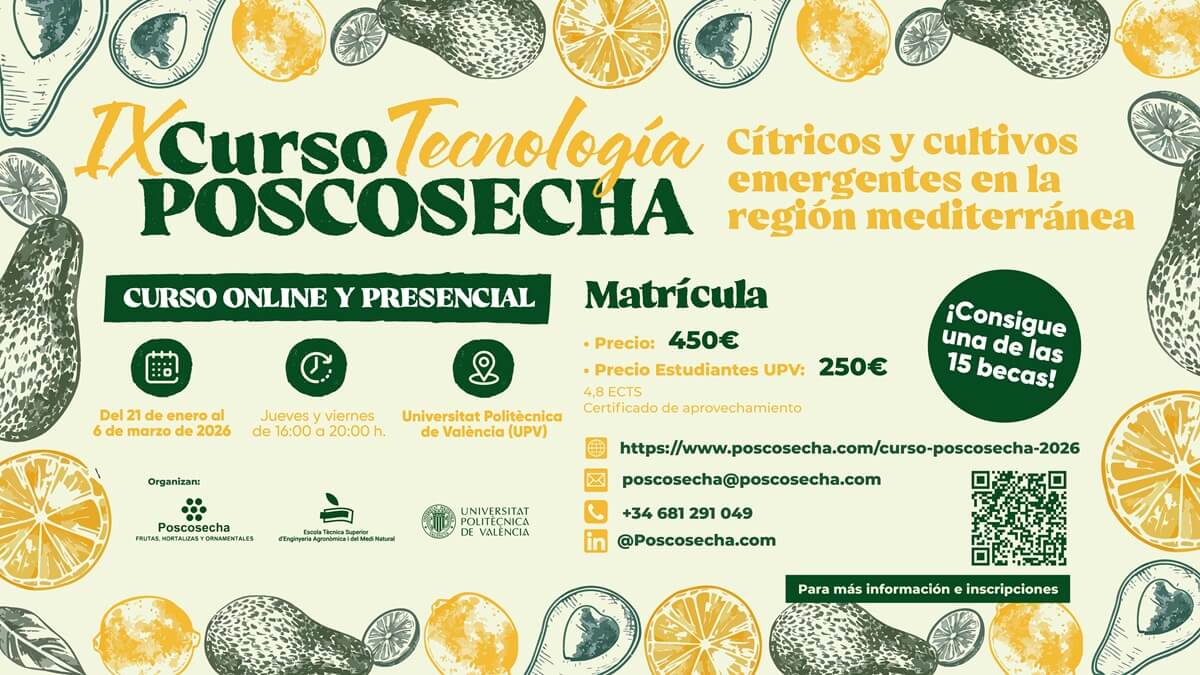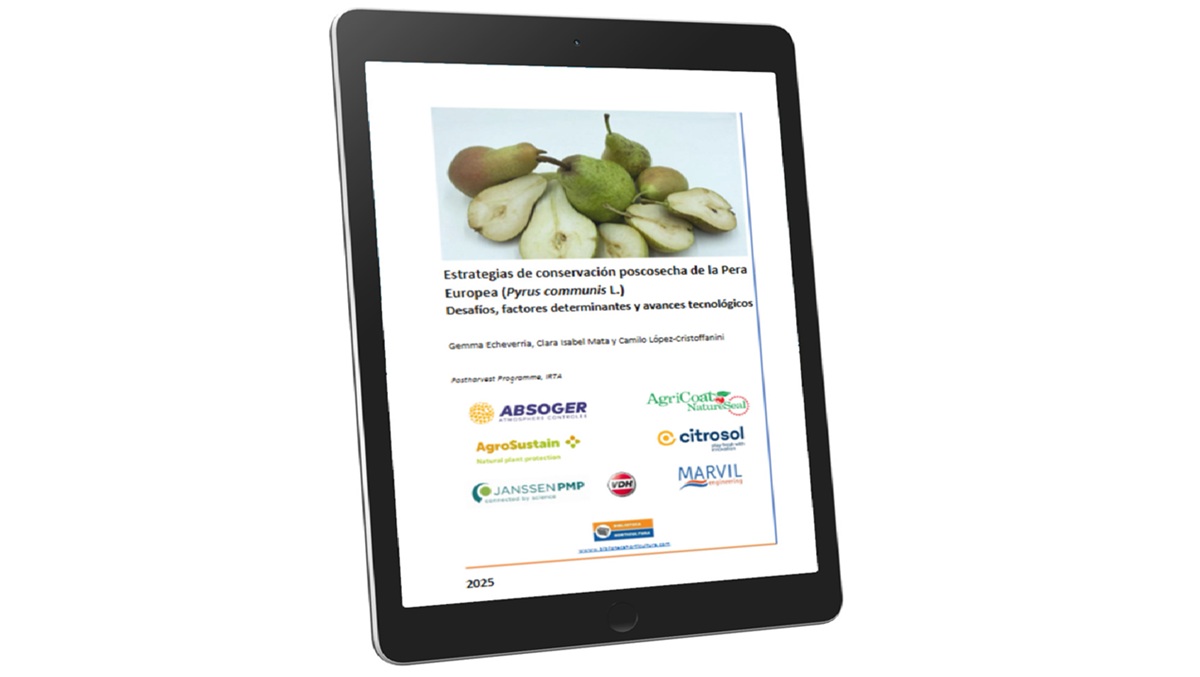News
Postharvest heat treatments in fruits
The India postharvest researchers Jitendra Chaurasia et al. review the principles of postharvest heat treatments in fruit crops, proposing to take more profit from modelling
In recent years, the field of heat treatment for commodities, particularly in the context of pest control and pathogen reduction, has advanced significantly. Hot water treatments (HWT) have emerged as a promising solution, addressing a range of postharvest challenges, from insect control to preventing fungal development and storage disorders like chilling injury.
These treatments involve diverse time and temperature conditions, spanning from extended exposure at temperatures around 35 - 39°C in hot air to brief bursts at temperatures up to 63°C in hot water.
Historically, much of the research in this field has been focused on solving specific problems, with less attention given to understanding how commodities themselves respond to these treatments.
However, since the beginning of the 21st century, several research groups have taken an active interest in exploring the molecular responses and changes that occur within commodities subjected to heat treatment.
By investigating these responses, researchers aim to not only optimize heat treatment strategies but also gain a deeper understanding of how commodities interact with these processes.
In essence, this review provides valuable insights into the molecular dynamics of commodities undergoing heat treatments, shedding light on the intricate biochemical processes that influence their postharvest quality and safety.
Introduction
In recent years, there has been increasing interest in the use of post-harvest heat treatments to control insect pests, prevent fungal rot, and affect ripening or reactivity with the extreme temperature of the product. Part of this concern is due to the growing need to reduce the use of post-harvest chemicals against pathogens and insects. Heat treatment prevents the use of chemicals or allows to use lower dosis.
Several previous reviews have addressed specific aspects of heat treatment. This review will focus on the product's response to heat treatment. There are a number of methods used to heat the product; hot water, steam heat and hot air. We will study responses to heat stress in horticultural products.
Hot water was originally used to control fungi but has since been expanded to disinfect insects. Steam heat was developed specifically for insect control, and hot air was used to control fungi and insects as well as to study the response of the product to high temperatures. The last two methods (thermal steam and hot air) have subdivisions where sometimes the air is relatively still and sometimes the airflow is quite high. Furthermore, warm air may or may not have humidity control.
All of these permutations can affect the response of the product to heat treatment and affect the contact time required to achieve the desired effect. The majority of published studies describe the physical and physiological responses of fruits or vegetables to heat treatment. In some studies, biochemical data were collected on heat shock protein (HSP) and other stress proteins such as resistant pathogens (RP), antioxidants, etc.
However, much of the research is focused on developing an effective treatment for a problem, whether it's an insect pest, a pathogen attack, or a storage disorder.
This review will focus on the molecular responses of fruits and vegetables to hightemperature postharvest stress. It will not cover research on the effects of high temperatures on minimally processed products, which is of interest. It also will not treat heat damage, which is also significant.
The knowledge gained in these studies will help develop more precise treatments with less chance of unwanted side effects to the product.
Contents
2. Heat treatments
3. Hot Air
3.1 Heat Stress Response
3.2 Mode of Action
3.3 Fruit Ripening
3.4 Tolerance to Chilling Injury
4 Heat Treatment of Postharvest Commodities
5. Citrus
6. Peach
7 Conclusion
In conclusion, the field of heat treatment for commodities, especially in the context of pest control and pathogen reduction, has made significant strides in recent years.
However, there is a notable gap in systematic modelling, which could greatly accelerate progress. While empirical approaches involving various timetemperature combinations have yielded valuable insights, a more structured and predictive approach is needed to optimize treatments.
Understanding how commodities respond to heat treatments through modelling is crucial. This scientific framework could help identify the most effective and efficient combinations, reducing the trial-and-error nature of current practices.
Such modelling holds the potential to revolutionize the field and expedite the development of treatments that not only combat pests and pathogens but also preserve the quality of the commodities. As the demand for fresh produce continues to rise, ensuring its safety becomes paramount.
The application of hot water treatments (HWT) has emerged as a promising solution, addressing issues from disinfestation to chilling injury control. However, achieving precise and uniform temperature control during these treatments is essential to prevent conditions that favour pathogen growth.
Furthermore, the long-term goal is to replace hazardous synthetic chemicals like fungicides and pesticides with safer, sustainable alternatives. To achieve this, a deeper understanding of the biochemical and molecular processes involved in hot-watertreated produce is required.
Source
Jitendra Chaurasia, Ujjwal Kumar, Omkar Warang, Ravi Pratap, Arvind Kumar, Vikash Kumar Sonkar and Riddhi Bisht (2024). Essential Principles of Postharvest Heat Treatments in Fruit Crops. International Journal of Environment and Climate Change. Volume 14, Issue 1, Page 855-870, 2024; Article no.IJECC.110935. http://asian.go4publish.com/id/eprint/3613/1/Pratap1412023IJECC110935.pdf
Related news



.jpg)








